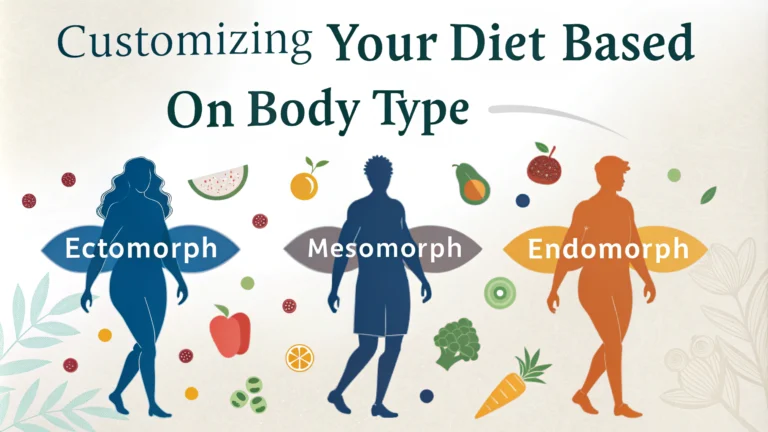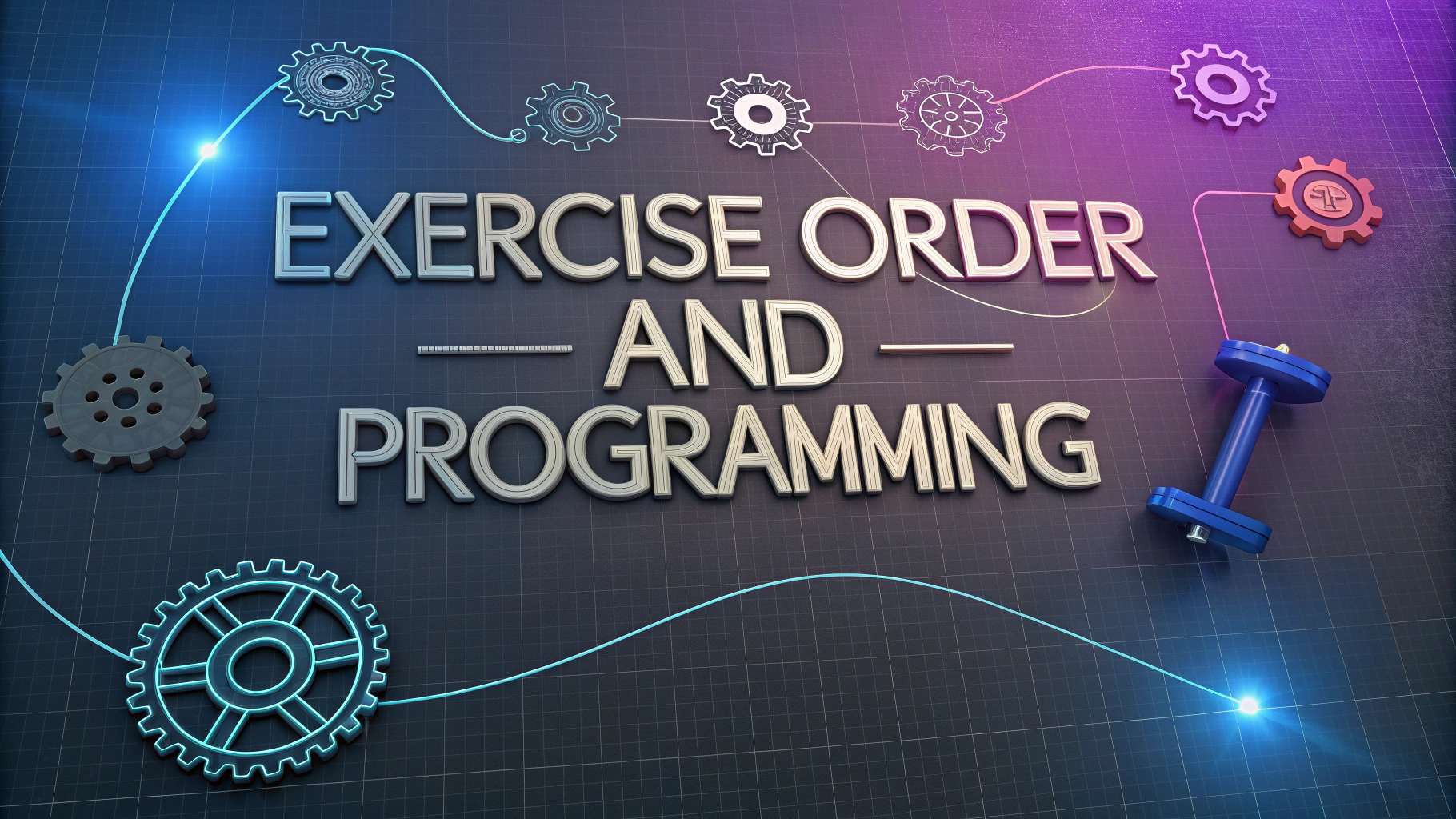Your body type plays a key role in determining the most effective diet approach for your specific needs.
Understanding Your Body Type
Body types generally fall into three main categories: ectomorph (lean and long), mesomorph (athletic and muscular), and endomorph (soft and round).
Ectomorph Diet Guidelines
- Higher carbohydrate intake (55-60% of total calories)
- Moderate protein (25% of calories)
- Lower fat (15-20% of calories)
Ectomorphs typically have fast metabolisms and should focus on nutrient-dense foods to maintain weight.
Mesomorph Diet Guidelines
- Balanced macronutrient ratio (40% carbs, 30% protein, 30% fat)
- Moderate portion sizes
- Regular meal timing
Mesomorphs respond well to moderate amounts of all macronutrients and should adjust portions based on activity level.
Endomorph Diet Guidelines
- Lower carbohydrate intake (30-35% of calories)
- Higher protein (35% of calories)
- Moderate fat (30-35% of calories)
Endomorphs often benefit from limiting refined carbohydrates and focusing on fiber-rich foods.
Sample Meal Plans by Body Type
| Body Type | Breakfast | Lunch | Dinner |
|---|---|---|---|
| Ectomorph | Oatmeal with banana and protein powder | Large sandwich with avocado and turkey | Rice, chicken, and vegetables |
| Mesomorph | Eggs with whole grain toast | Mixed green salad with tuna | Sweet potato with lean beef |
| Endomorph | Greek yogurt with nuts | Chicken salad with olive oil | Salmon with vegetables |
Fine-Tuning Your Diet
Track your food intake and energy levels for two weeks to understand how your body responds to different foods.
Tips for Success
- Adjust portions based on your activity level
- Stay hydrated with at least 8 glasses of water daily
- Eat every 3-4 hours to maintain steady energy
- Include protein with each meal
Contact a registered dietitian for personalized advice – find one through the Academy of Nutrition and Dietetics at www.eatright.org.
Monitor your progress by taking measurements and progress photos every 4-6 weeks.
Common Mistakes to Avoid
- Following a diet plan meant for a different body type
- Skipping meals to lose weight
- Not adjusting portions based on activity level
- Ignoring hunger and fullness signals
Remember that genetics influence but don’t determine your results – consistency with proper nutrition makes the biggest impact.
Exercise and Body Type Synergy
Different body types respond uniquely to various forms of exercise, making it crucial to align your workout routine with your nutritional approach.
Exercise Recommendations by Body Type
- Ectomorphs: Focus on strength training with shorter cardio sessions
- Mesomorphs: Mix of cardio and resistance training with moderate intensity
- Endomorphs: High-intensity interval training (HIIT) and regular strength training
Supplementation Considerations
While whole foods should be the foundation of nutrition, certain supplements may benefit specific body types:
- Ectomorphs: Mass gainers, creatine
- Mesomorphs: Basic multivitamins, protein powder if needed
- Endomorphs: Fish oil, fiber supplements
Long-term Success Strategies
Sustainable results come from developing healthy habits that complement your body type:
- Create a consistent meal prep routine
- Keep a food and exercise journal
- Schedule regular check-ins with health professionals
- Adjust your plan as your body composition changes
Conclusion
Understanding and working with your body type can significantly improve your nutrition outcomes. Remember that body types exist on a spectrum, and individual variation is normal. Focus on consistent implementation of these guidelines while listening to your body’s unique needs and responses.
Use this information as a starting point and be prepared to make adjustments based on your personal results and lifestyle factors. Success comes from finding the right balance of nutrition, exercise, and lifestyle habits that work specifically for you.
FAQs
- What are the three main body types, and how do they affect diet planning?
The three main body types are ectomorph (lean, fast metabolism), mesomorph (muscular, moderate metabolism), and endomorph (broader frame, slower metabolism). Ectomorphs typically need more calories and carbs, mesomorphs do well with balanced macros, and endomorphs often benefit from higher protein and lower carb ratios. - How should an ectomorph structure their diet for optimal results?
Ectomorphs should consume 50-60% carbohydrates, 25% protein, and 25% healthy fats. They typically need higher caloric intake, frequent meals (5-6 per day), and should focus on nutrient-dense foods to support weight maintenance and muscle growth. - What dietary approach works best for endomorphs?
Endomorphs should follow a diet consisting of 35% protein, 25% carbohydrates, and 40% healthy fats. They respond well to lower-carb approaches, should prioritize fiber-rich foods, and time carbohydrates around workouts. - How do hormones influence body type and dietary needs?
Hormones like insulin, cortisol, and thyroid hormones affect metabolism and body composition differently across body types. This influences macro ratios, meal timing, and overall caloric needs specific to each body type. - Can your body type change over time?
While your basic genetic body type remains constant, body composition can change through diet and exercise. People may display characteristics of multiple body types or shift slightly between types as they modify their lifestyle. - What role does meal timing play in body type-specific nutrition?
Meal timing varies by body type: ectomorphs benefit from frequent meals to maintain weight, mesomorphs do well with regular 3-4 meals, and endomorphs often succeed with structured meal timing and potential intermittent fasting. - How should mesomorphs structure their macronutrient ratios?
Mesomorphs typically thrive on a balanced ratio of 40% carbohydrates, 30% protein, and 30% fat. This body type responds well to moderate portions and evenly spaced meals throughout the day. - What are the best pre-workout foods for each body type?
Ectomorphs benefit from higher-carb pre-workout meals, mesomorphs do well with balanced carb and protein combinations, and endomorphs should focus on protein with moderate carbs before exercise. - How does exercise type influence dietary needs across body types?
Exercise selection affects nutritional needs: ectomorphs need extra fuel for strength training, mesomorphs require balanced nutrition for varied activities, and endomorphs benefit from nutrition that supports both strength and cardio efforts. - What are the common dietary mistakes people make when eating for their body type?
Common mistakes include ectomorphs under-eating, endomorphs consuming too many processed carbs, and all types following generic diet plans that don’t account for their specific metabolic needs and body composition tendencies.







